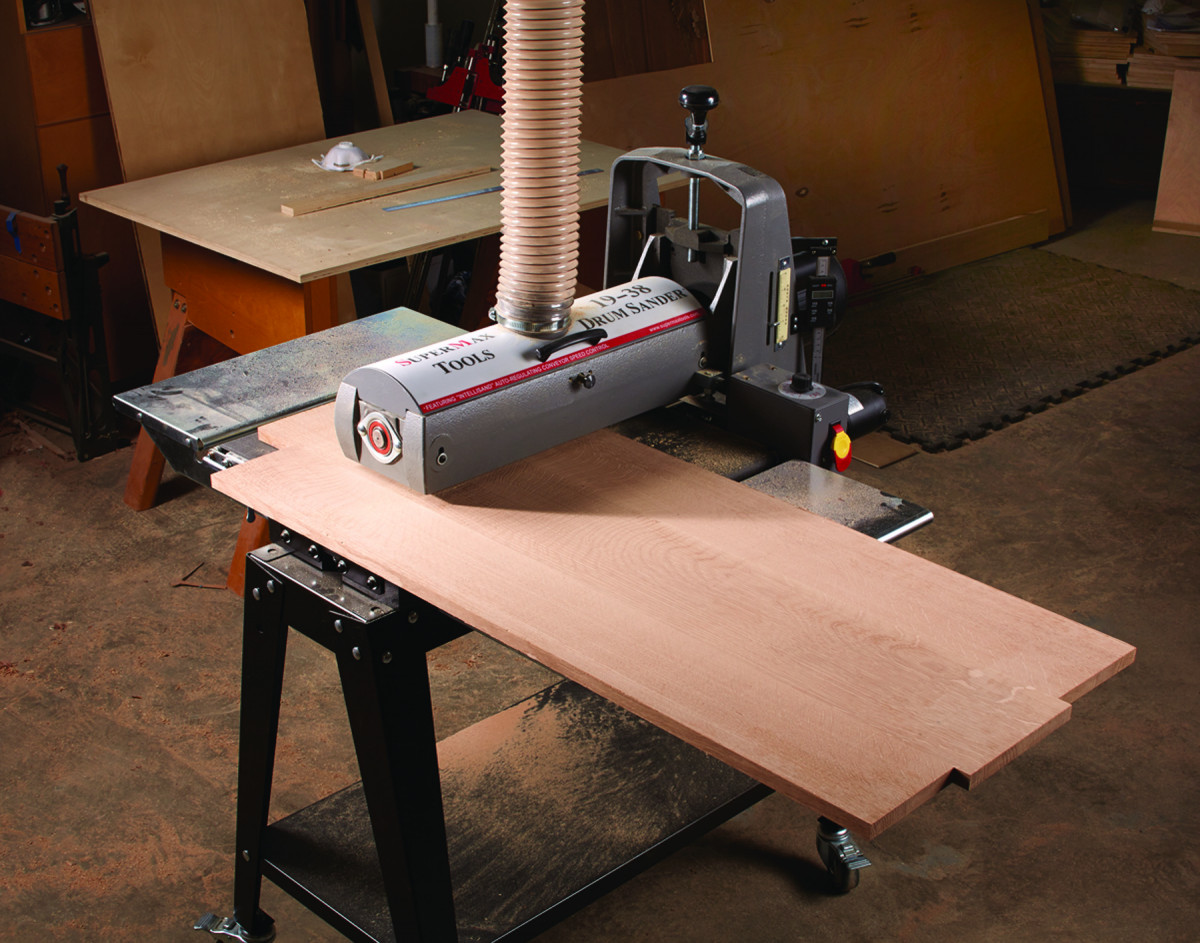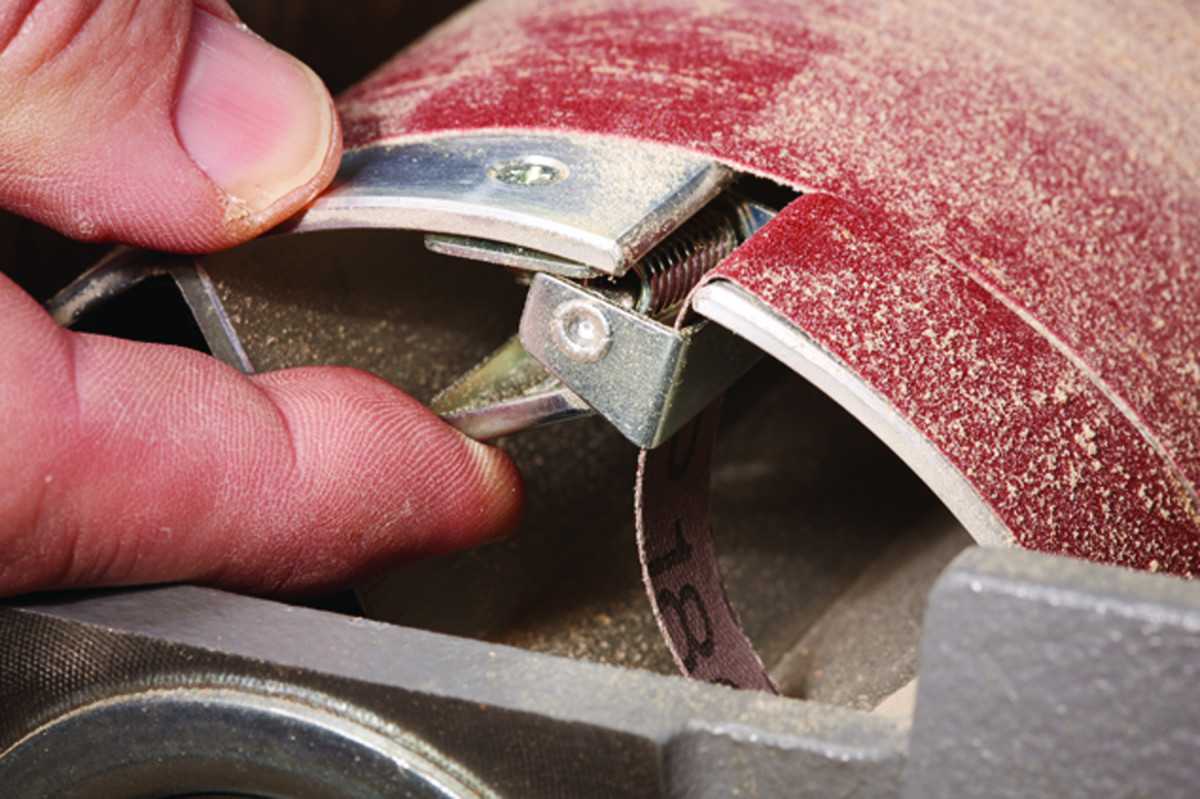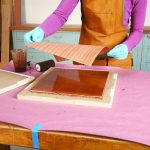We may receive a commission when you use our affiliate links. However, this does not impact our recommendations.

Tool: 19-38 Drum Sander
Manufacturer: SuperMax Tools
MSRP: $1499
The first thing that comes to mind upon seeing the SuperMax 19-38 drum sander is the company’s focus on quality. It’s evident in everything from the castings to the precision-milled drum to the thoughtful placement of the controls and adjustments.
Though Warren Weber and Bill Schroeder founded SuperMax Tools in 2005, they’ve had their hands in drum sanders for more than two decades. Both worked with and helped to develop sanders for Performax before Jet purchased the company. When the two decided to venture on their own, they wanted to build better machines. The 19-38 demonstrates that we all benefit from their experience.

Versatility & quality. The SuperMax 19-38 drum sander accurately smooths boards up to 38″ wide, and quick-release clamps make grit changes a snap.
This open-ended sander provides versatility while maintaining accuracy. Stepping up to a 19″ single-width (38″ double-pass) sander comes with some inherent problems; the foremost is how to keep the head and feed table parallel. SuperMax overcomes this with beefy head castings and a single-point adjustment on the table. The fact that you can make quick, accurate adjustments to the table by turning a single nut is reason enough to own one.
The attention to detail continues with the extended-width feed table. Most sanders have tables that end at the same point as the head. The SuperMax extends 3″ past the head to provide extra support to wide boards (it does, of course, take up a little extra shop space).
Tracking the feed belt on machines of this type can often be problematic, but this sander has adjustment wrenches permanently attached for quick and easy changes. And for sanding that extra-wide material, there’s a “Fast Lever” that adjusts the table and eliminates any overlap sanding ridge.
The height adjustment is also impressive. A quarter turn of the knob moves the head in accurate 1⁄64” increments, and there’s no backlash.
Dust collection is always a major concern with sanders. The 19-38 performed nearly dust-free when attached directly to a small collector (about 500 cubic feet per minute, though 600 CFM is recommended).
My one complaint about the 19-38 is the dust-port placement. The 4″ port is exactly in the center on top of the head. Unless your hose is connected from above, it will be in the way. This makes the optional casters less of an option in my book; the sander needs to be stationary for effective and convenient dust collection. (Among other available options are a closed base, digital depth gauge and infeed and outfeed tables.)
All of these details are important – but not as important as how the sander performs. The cherry and sugar pine I ran through the machine came out perfectly flat after each grit in my progression (#80, #100, #150 and #180), and was as smooth as expected with each.
The machine is powerful; my tests didn’t bog it down – and should you end up taking too thick a pass, the “Intellisand” system slows the feed rate to avoid burning the belt or the wood’s surface. It works so well that I didn’t scorch the surface of a cherry board while taking off 3⁄64” in a single pass at the highest feed rate (note: this is not recommended).
Being able to smooth tabletop-width boards is the primary reason you would want this sander in your shop. With spring-loaded clamps on the head that make paper changes a snap, you can take a couple of glued-up rough boards to finish-ready in very little time.
Here are some supplies and tools we find essential in our everyday work around the shop. We may receive a commission from sales referred by our links; however, we have carefully selected these products for their usefulness and quality.









